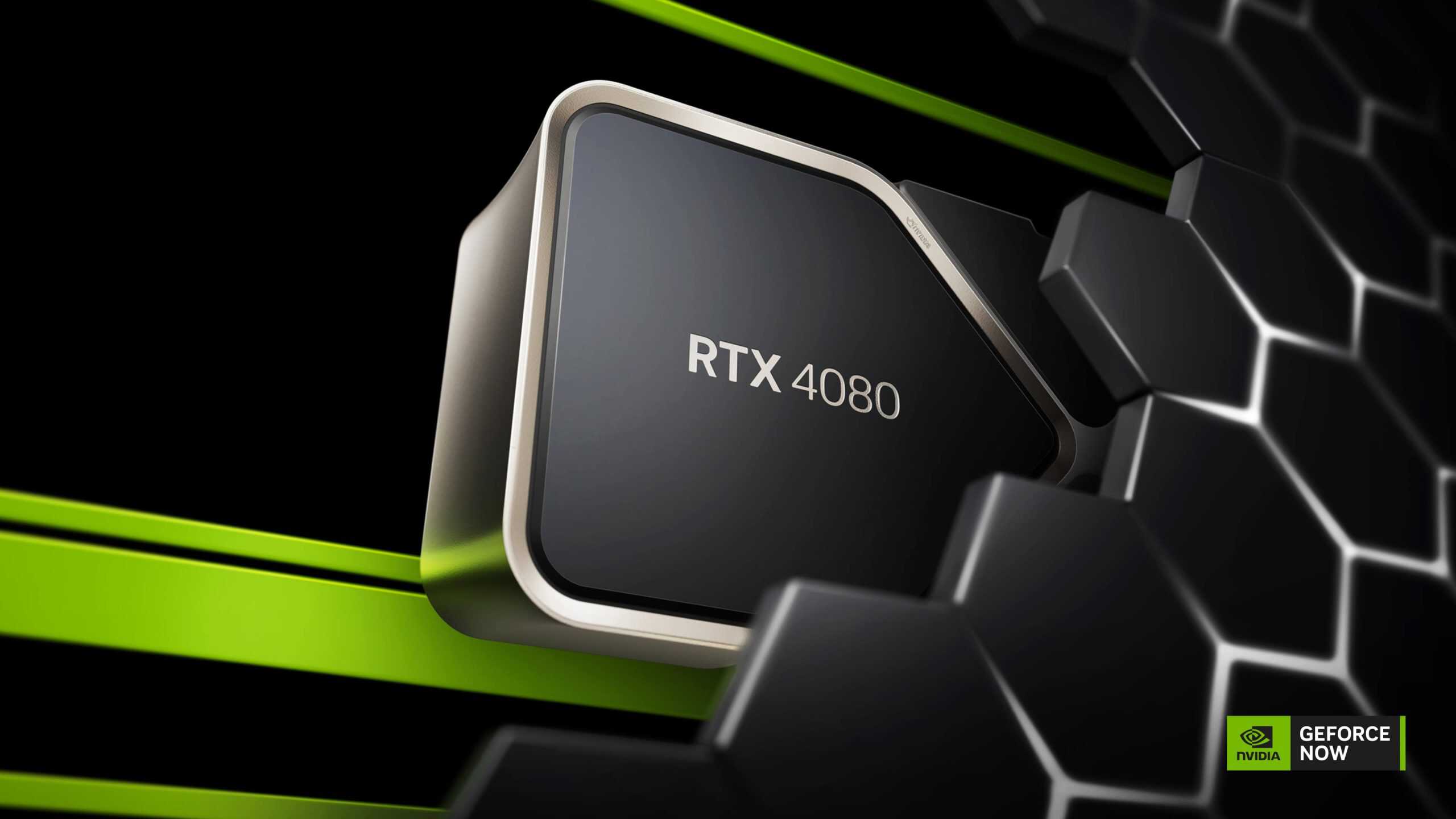Understanding NVIDIA’s Dominance in the Tech World
In May 2024, something happened that would have sounded like a joke just a few years back—NVIDIA, a company once known for making the chips that power gaming rigs, overtook Microsoft in market value. That’s right—a chipmaker outpaced the tech giant that has its hands in everything from operating systems to cloud computing. How did a company that started by making gamers happy end up reshaping entire industries? Let’s dive into NVIDIA’s incredible journey.
The Underdog’s Rise: How NVIDIA Went from Pixels to Powerhouses
Founded in 1993, NVIDIA entered a market dominated by the likes of Intel and Microsoft. Back then, they were the scrappy underdogs, known primarily for creating graphics cards that turned pixels into jaw-dropping visuals. Gamers loved them, but few could have predicted what was coming next.
Key Milestones:
- 1999: NVIDIA releases the GeForce 256, the world’s first GPU, and revolutionizes computer graphics.
- 2006: The introduction of CUDA opens up GPU computing to developers, sparking a wave of innovation.
- 2016: NVIDIA launches the Tesla P100, targeting the AI and deep learning market, cementing their role beyond gaming.
But NVIDIA wasn’t content with just making games look pretty. They had bigger ambitions—ambitions that would take them far beyond gaming and into the heart of AI, data centers, and more.
Beyond Pretty Pictures: The GPU Revolution That’s Changing Everything
Think of your tech gadgets—your computer, your smartphone, even your car. They all rely on tiny, unassuming chips to function. But these aren’t just pieces of silicon—they’re the unsung heroes powering the digital revolution.
NVIDIA’s Graphics Processing Units (GPUs) started as specialized chips that made games look gorgeous. But these little powerhouses evolved into something much more—fueling everything from AI to scientific research. How? The secret lies in parallel processing.
The Secret Sauce: Parallel Processing
Imagine you’re building a massive Lego structure. You could do it alone, brick by brick, but that would take forever. Or, you could enlist a team to work on different sections simultaneously. That’s how NVIDIA’s GPUs work—breaking complex tasks into smaller chunks and processing them in parallel.
This parallel processing power is why NVIDIA’s GPUs excel at:
- Rendering complex 3D graphics in real-time
- Training AI models on massive datasets
- Simulating intricate scientific phenomena
CUDA: Unleashing the True Power of GPUs
NVIDIA’s CUDA (Compute Unified Device Architecture) isn’t just a mouthful—it’s the platform that turned GPUs from graphics enhancers into general-purpose computing powerhouses. Before CUDA, GPUs were mostly about making games look good. But with CUDA, developers gained the ability to use GPUs for a wide range of tasks beyond graphics.
Real-World Impact: Remember when the world was racing to find treatments for COVID-19? NVIDIA’s GPUs, powered by CUDA, were at the heart of projects like the COVID-19 Moonshot, screening billions of potential drug compounds and accelerating the search for treatments.
CUDA isn’t just a tool; it’s the key that unlocked the full potential of GPUs, transforming industries across the board.
The AI Boom: NVIDIA’s Golden Ticket to Tech Dominance
AI isn’t just a buzzword—it’s the future, and NVIDIA is steering the ship. Their GPUs are the brains behind today’s AI revolution, processing vast amounts of data to train and run AI models.
Industries Transformed by NVIDIA-Powered AI:
- Healthcare: Enhancing medical imaging and drug discovery. For example, Arterys, an FDA-cleared AI-powered medical imaging platform, relies on NVIDIA’s technology to deliver life-saving insights.
- Autonomous Vehicles: Powering self-driving car algorithms. NVIDIA’s DRIVE platform is used by companies like Mercedes-Benz to develop the next generation of autonomous vehicles.
- Finance: Enabling high-frequency trading and fraud detection. JPMorgan Chase’s LOXM, an AI-powered trading algorithm, uses NVIDIA GPUs to stay ahead in the financial markets.
As AI continues to expand into every corner of our lives, the demand for NVIDIA’s GPUs is only going to grow. They’re not just riding the AI wave—they’re the ones creating it.
The Ecosystem Advantage: How NVIDIA Built a Tech Empire
NVIDIA’s success isn’t just about their hardware—it’s about the vibrant community they’ve fostered around their technology. Imagine a bustling city. Sure, the skyscrapers are impressive, but it’s the people, the businesses, and the shared infrastructure that make it thrive. NVIDIA has created a similar dynamic, providing developers, researchers, and creators with the tools and support they need to unlock the full potential of their GPUs.
Developer Tools and Support:
- Free online courses and workshops: Helping developers at every level learn how to harness the power of NVIDIA’s technology.
- Annual GPU Technology Conference (GTC): A vibrant gathering where tech innovators converge to exchange ideas and explore the forefront of technological possibilities.
- Comprehensive software libraries and SDKs: Offering everything developers need to build groundbreaking applications.
This approach creates a powerful network effect—the more developers use NVIDIA’s tools, the more applications are built, attracting even more users and companies to the ecosystem.
Challenges and Competition: The Roadblocks Ahead
Despite its success, NVIDIA isn’t without challenges. Increasing competition from AMD and Intel, the global chip shortage, and regulatory scrutiny (like the blocked acquisition of Arm Ltd.) are significant hurdles. But if history has taught us anything, it’s that NVIDIA thrives on challenges.
The Road Ahead:
- Expansion into New Markets: Watch NVIDIA push further into autonomous vehicles and edge computing.
- AI-Specific Hardware: Expect to see more developments like the Tensor cores, designed specifically for AI tasks.
- Strategic Partnerships and Acquisitions: NVIDIA could strengthen its ecosystem through key partnerships or acquisitions.
Final Thoughts
NVIDIA’s transformation from a gaming company to an AI giant is nothing short of remarkable. Their pursuit of new ideas and their ability to pivot when needed has allowed them to stay ahead of the curve and become a driving force in the tech industry.
As AI and data continue to reshape our world, NVIDIA’s influence is only going to grow. They’re not just part of the tech revolution; they’re at the forefront, leading the way.
Featured Image Credit: www.nvidia.com






